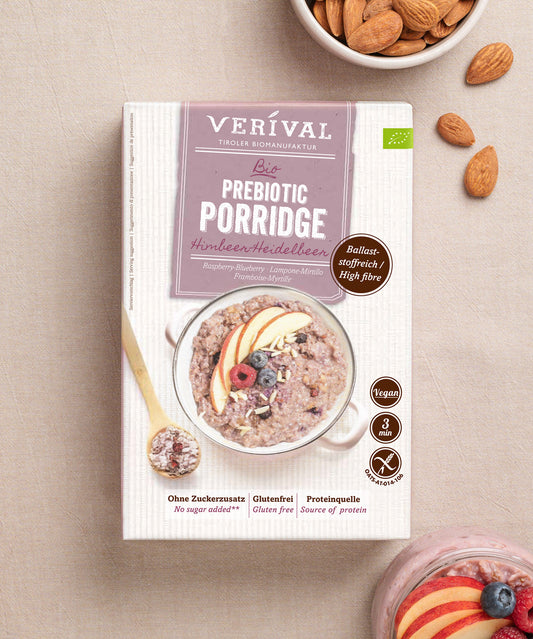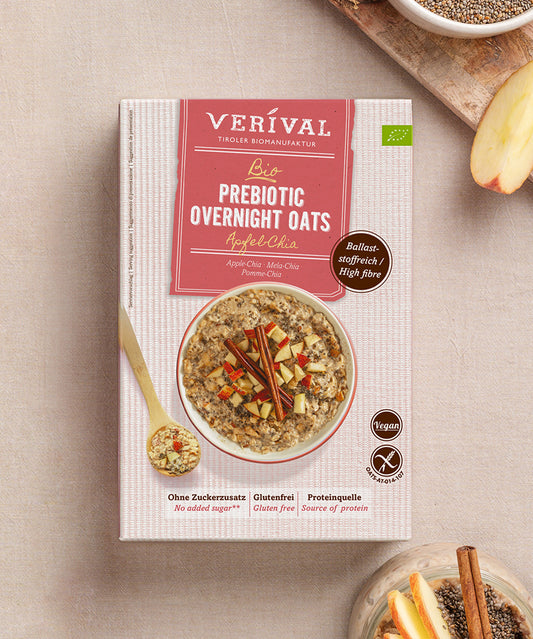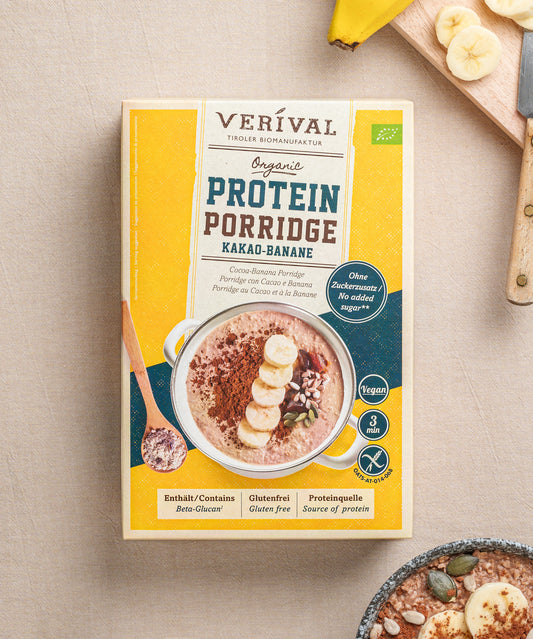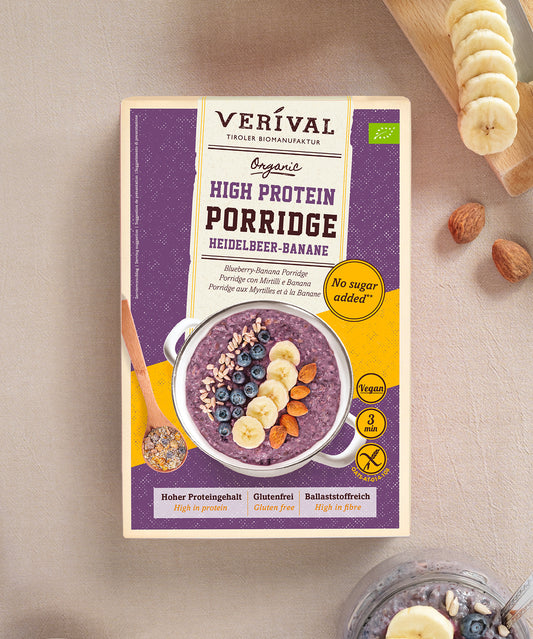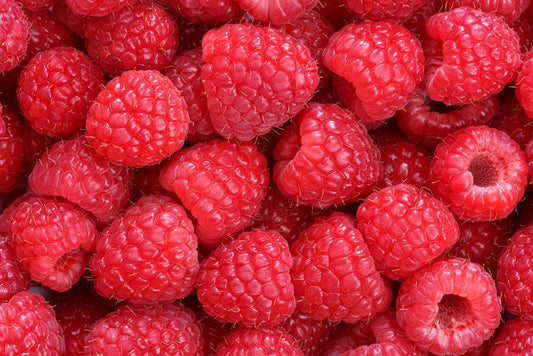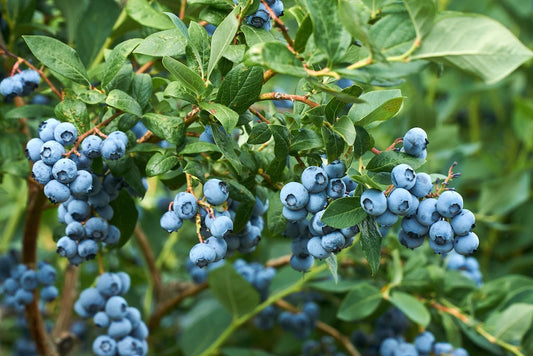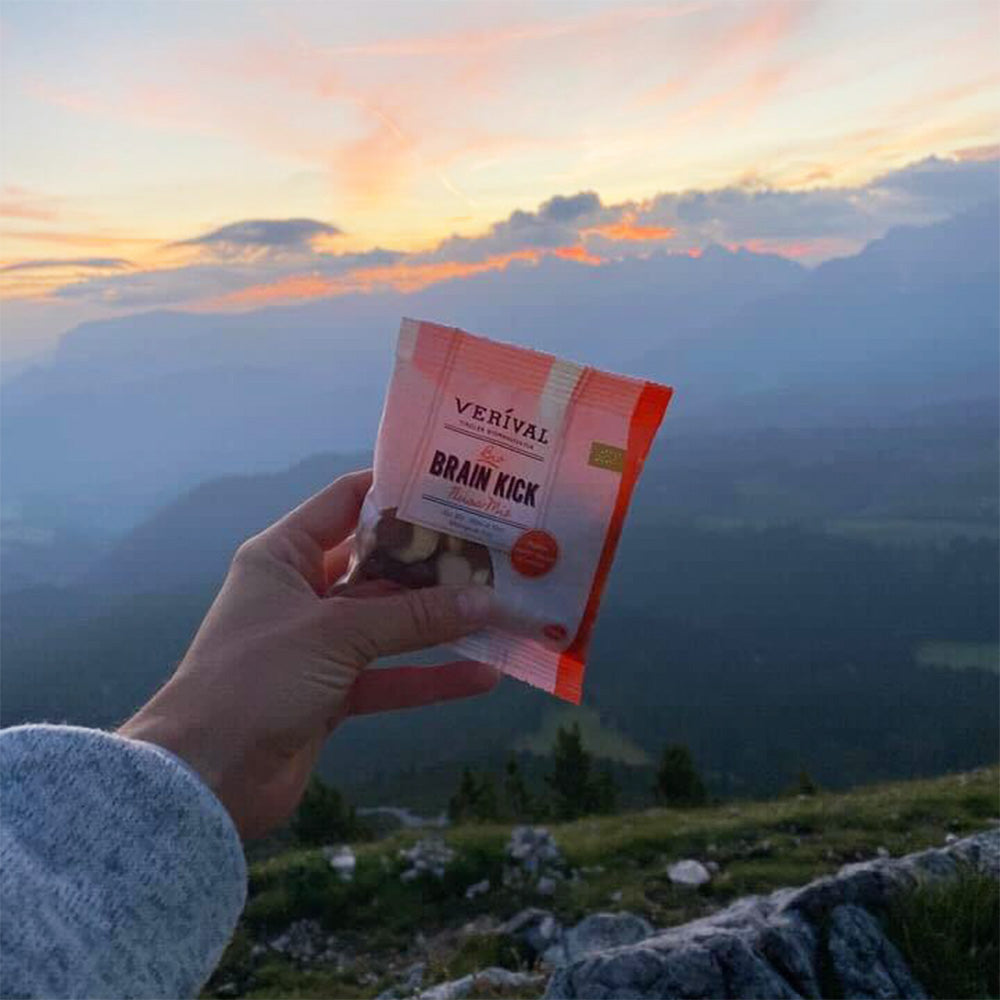More than 40 million tonnes of peanuts are produced annually. Whether pure, salted or in the form of peanut butter, it is likely that almost everyone has enjoyed this food at some point.
But did you know that strictly speaking, the peanut is not actually a nut? In this blog post, we reveal some other interesting facts about the peanut, such as its many nutrients and its origin.
More about nuts and their nutrients
Peanuts – the wrong nut
Few people know that, botanically speaking, the peanut is not a nut at all – contrary to what many people assume and despite its name. It is actually a legume and thus belongs to the same subfamily as peas and beans. This is already suggested by the English name ‘peanut’, which translates into German as ‘Erbsennuss’, meaning ‘pea nut’.
Where do peanuts come from?
The peanut originally comes from the Andes in South America, but over the years, cultivation has spread to other parts of South and Mesoamerica. This oilseed was particularly popular with the Aztecs and was highly prized in the markets.
This attracted attention to the fruit and eventually led to its worldwide popularity. Today, peanuts are grown and processed in warm areas all over the world.
How are peanuts processed?
Since the fruits of the peanut plant are in the ground, they are first removed from the soil along with the plant. The uprooted plants then remain in the field for one to two days to dry. They are then collected by special machines, which separate the plants from the fruit.
While the plants remain in the field and act as a kind of fertiliser, the fruit is dried again. The peanuts can only be processed further after the second and final drying phase.
What products are made from peanuts?
Peanuts are processed in many different ways and can therefore be found in a wide range of products:
Peanuts as a snack
When used as a snack, peanuts are traditionally roasted and salted. They are often used as an ingredient in various sweets, such as chocolate bars or biscuits, but they are also popular as peanut flips.
Peanuts as oil
In Asia in particular, peanuts are often processed into oil. Peanut oil is not only considered an all-rounder in the kitchen, but also a herbal remedy, making it an essential ingredient in many cultures.
Peanuts as a spread
Peanuts in the form of peanut butter or peanut cream were mainly found in North America for a long time. Nowadays, however, they are available almost everywhere. This slightly sweeter variety is also becoming more and more popular in this country – not only because of its sweet-salty taste, but also thanks to its reputation as a nutritious spread. By the way, peanut butter is also wonderful as a topping for your healthy warm porridge or your overnight oats.
Of course, these are just a few of the ways you can use them – peanuts are also available in the form of flour or other products.
Are peanuts healthy?
The fact that the Spanish and French names for peanuts (cacahuete and cacahuète) include the word ‘tlalcacáhuatl’ in their language indicates the special significance of the peanut. This name comes from the Aztecs, who called the peanut ‘tlalcacáhuatl’ – which translates as ‘cocoa bean of the earth’.
Since cocoa beans are considered to be one of the most mineral-rich foods in the world, it is obvious that peanuts should not be labelled as a calorie bomb. Despite the large number of calories they contain, they provide, similar to other legumes and nuts, essential nutrients.
But just as with cocoa beans, the principle applies that the fruit is at its healthiest when it is as little processed as possible. Unsalted peanuts are definitely considered healthy, while processed peanut products often lose their quality.
These nutrients are found in peanuts
Peanuts don't have the best reputation and are unfortunately often considered to be fattening. But as is so often the case, it all depends on the dose. And in the right dose, peanuts can do a lot for us:
Muscle building thanks to peanuts
Peanuts are a popular vegan source of protein – especially for people with a predominantly plant-based diet. With a protein content of 24%, they even surpass some animal sources, making them ideal for supporting muscle building.
Find out more about plant-based proteins
Peanuts: a source of good fats
Peanuts are made up of almost 50 per cent fat – but they are still considered to be healthy. This is mainly because they contain plenty of unsaturated fatty acids, which can even help to improve your cholesterol levels and support your cardiovascular system
They contain only small amounts of carbohydrates, which makes them particularly interesting for people at increased risk of type 2 diabetes, since the combination of plenty of fat and fibre and a small amount of carbohydrates results in only a small release of insulin.
Nutritional information about peanuts (per 100 g)
| Calorific value in kCal | 567 |
| Carbohydrates | 16 g |
| of which sugars | 4 g |
| Protein | 26 g |
| Fat | 49 g |
| of which saturated fatty acids | 7 g |
| Fiber | 9 g |
| Salt | 0 g |
Peanuts – an excellent source of minerals
Peanuts are one of the most magnesium-rich plant-based foods in general. Combined with their high zinc, iron and potassium content, they help to maintain many vital processes in the body.
Peanuts – a source of vitamins
Peanuts provide us with plenty of vitamin E and vitamin B3. These vitamins are not only important for a wide range of metabolic processes, but also support our body's immune defences.
Peanuts – What should you bear in mind?
Although peanuts provide us with important nutrients, there are two main things to bear in mind. Firstly, they are very strong allergens and secondly, they are extremely calorie-rich.
So you should make sure that you can tolerate peanuts at all – because even the smallest amounts can be very dangerous for people with allergies. It is best to consult an expert (doctor, allergist, etc.) if you suspect an intolerance.
Last but not least, you should be aware that you should only eat peanuts in moderation. This way you can avoid an excessive intake of calories and still benefit from the nutrients.





